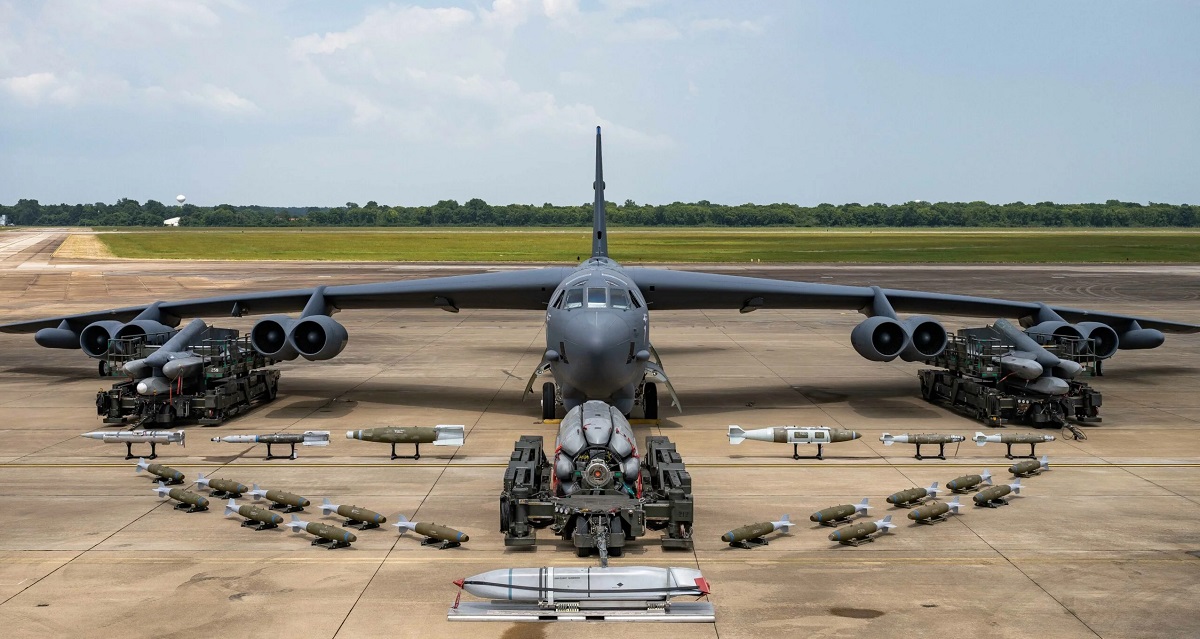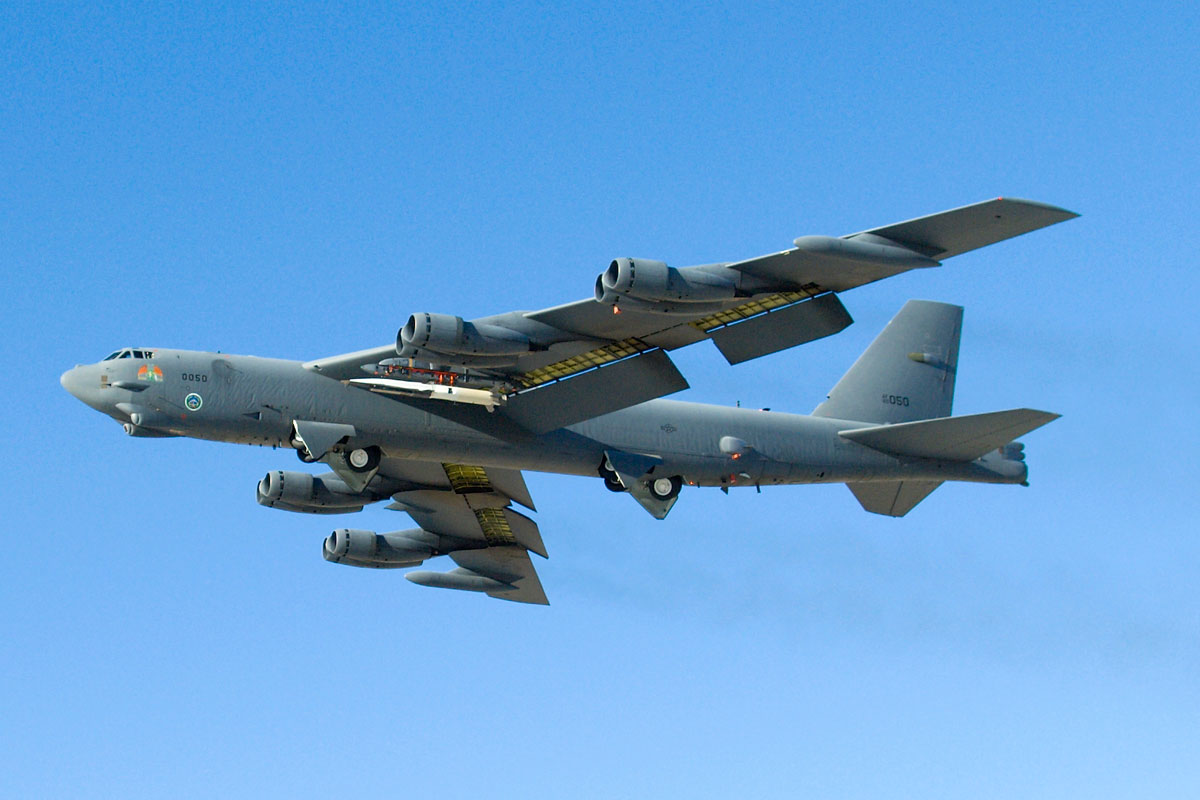The US Air Force has successfully launched the classified LRSO cruise missile, which can carry a nuclear warhead, at least nine times in 2022

The US Department of Defence has said that the classified Long-Range Standoff (LRSO) cruise missile has been successfully tested. The US Air Force conducted about a dozen test launches last year.
Here's What We Know
A new Pentagon report indicates that the US Air Force was able to successfully conduct at least nine LRSO test launches during 2022. The test series culminated in a major test of all key components in October 2022.
The programme appears to be progressing on schedule. The project is classified, though, and the US Department of Defence has decided not to publicly announce the planned date for the missile's entry into service.

The US Air Force and Raytheon have tested the LRSO engine four times over the past year. The B-52H Stratofortress strategic bomber, which will fly until the middle of this century due to modernisation, was used for the tests.
The LRSO is an air-launched cruise missile that is part of the nuclear triad. It will be the replacement for the AGM-86B. In addition to the B-52, the carrier of the new cruise missile will be the sixth-generation B-21 Raider aircraft. The bomber is due to make its maiden flight by the end of 2023.
At the moment we have no current information about how many cruise missiles the US Air Force intends to receive. Previously, we were talking about 1,087 pieces, including 67 for testing. In the early stages of the project, the target date for initial operational readiness was May-November 2030. The US Air Force then declined to announce the estimate as it could reveal confidential details of the programme.
The service life will be 30 years. A decision to approve full-scale production, referred to as Milestone C, is expected to be made in late 2027.
Source: Air & Space Forces Magazine